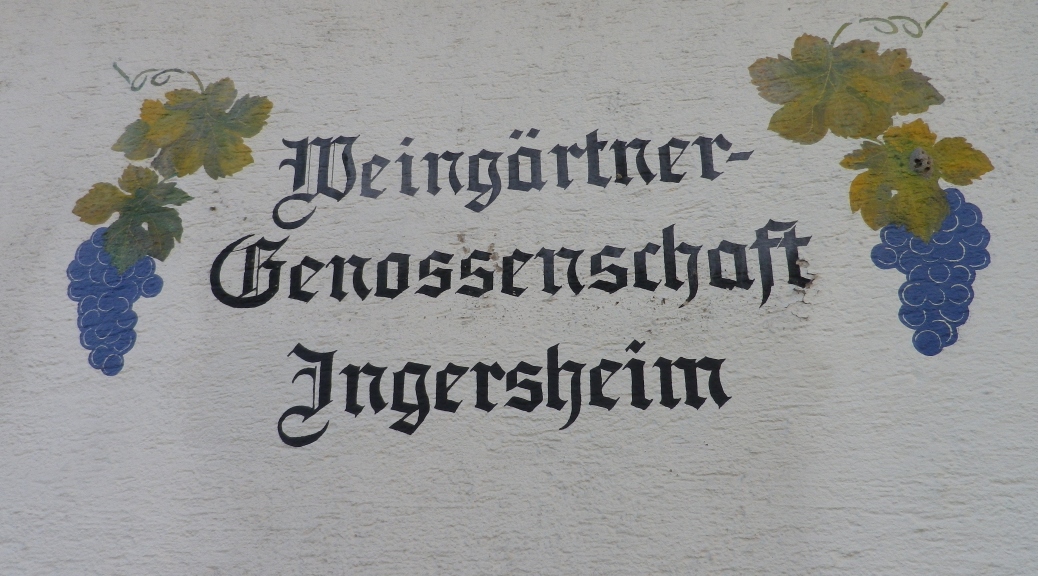What I Learned:
About 20 miles north of Stuttgart, Germany, there is a distinctive grape growing area. An unusual geological feature here is a fractured, limestone cliff with rock outcroppings that towers above the Neckar River. Known as the Felsengarten, this site is favored by local rock climbers, as well as wine lovers who delight in visiting the vineyards surrounding the cliff, and the local wine cooperative at the base of the cliff.
Steep vineyards line the Neckar as it meanders from Mundelsheim to Besigheim. Here the river turns sharply several times to create bowls and south-facing slopes. The vineyards on these slopes effectively capture the sunlight and its warmth, thus allowing grapes to ripen well.
As in much of the Wuerttembergisch Unterland, both red and white grapes are grown for wine production. The most common varietals, in order of predominance are: Trollinger, 24%; Schwarzriesling, 17%; Lemberger, 16%; Riesling, 14%; Spaetburgunder, 9%; Kerner, 4%; Samtrot, 2%. The remaining 30% is made up of a wide variety of different grapes, to include Dornfelder, Weissburgunder, Grauburgunder, and Acolon, a relatively new red-grape hybrid varietal widely available in Wuerttemberg in general.
White wines from this area are predominately Rieslings. Kerner wine, from the eponymous grape, is also produced here. This distinctive local varietal bred by crossing Riesling and Trollinger. Another white wine, from the varietal of Mueller-Thurgau, is also available. Other white wines include Pinot Blanc (Weissburgunder), and Pinot Gris (Grau Burgunder).
A local winery, the Felsengartenkellerei, capitalizes on the abundance and variety of vineyards in this area. This popular winery’s products can be seen in many German supermarkets within the state of Baden-Wuerttemberg. (It is akin to finding Turning Leaf wines in most Californian wine stores.)
What I Tasted:
2013 Weissburgunder (Pinot Blanc), Terra S, Felsengartenkellerei, Qualitaetswein; a dry white wine with a light yellow color; notes of honey, nuts and pear, slight minerality, and somewhat acidic.
2013 Grauburgunder (Pinot Gris), Fels, Felsengartenkellerei, Qualitaetswein; a dry white wine with a rich gold color; notes of honey, pear, hint of smoke, slight minerality, and mild acidity; very smooth.
2013 Sauvignon Blanc, Fels, Felsengartenkellerei, Qualitaetswein; a dry white wine with a light gold color; notes of ripe melon, with a floral aroma; slight spiciness.
2012 Kerner, Felsengartenkellerei, Qualitaetswein: a dry white wine with a greenish yellow color; fruity, low acidity, grass and floral (rose) notes, medium body.
Riesling, Felsengartenkellerei, Qualitaetswein: an off-dry white wine with a light yellow color; fruity nose, mildly acidic and medium body, with green apple and citrus flavors predominating.
